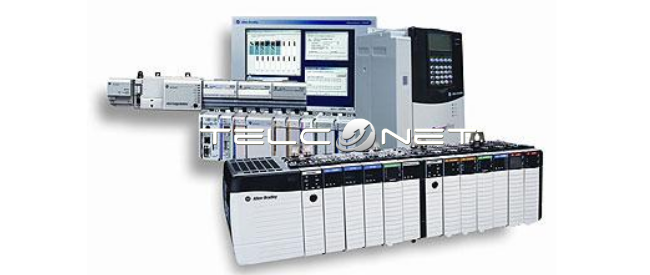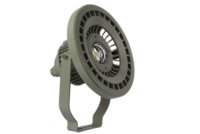
INTEGRATION OF CONTROL LOGIC – TEMPERATURE CONTROL
Automatización y control
We have the ability to implement different control logic to protect and / or control different devices with process variable is temperature.
Cliente: Mining
Fecha: 2015
Lugar: Chile
The automatic process control is used primarily because it reduces the cost of industrial processes, more than offsetting investment in equipment control. There are also many intangible gains, such as the elimination of passive hand work, which causes a corresponding demand for skilled labor. Debugging is another positive contribution of the use of automatic control and seeking to eliminate these human operational errors, including the arrest of process equipment and spare resulting in high operating costs, develop solutions tailored to protection of electric motors and mechanical equipment whose normal operation should be controlled by certain range of temperature and which consists of:
- temperature control for the protection of electric motors
The temperature of an engine provides much information about the quality and condition. If a motor is overheated, the coils deteriorate rapidly. In fact, every increase of 10 ° C in the coils of a motor above its nominal working temperature shortens engine life by 50%, even if the overheating is only temporary. That is why PLC logic is incorporated to detect the increase in temperature in any engine and to take action on the engine, causing the arrest and indicating by a visual warning to the operator. This implementation is the configuration of the PLC input (analog input), configuration and / or revision of instrument parameters of land, creating PLC logic and finally the implementation of the temperature indication in HMI as their respective alert .
-
lubricant temperature control
We all know that viscosity is the most important property of a lubricant. It is a measure of the molecular constitution from the viewpoint of the size of the hydrocarbon chain forming a lubricant. The viscosity is caused by internal friction of the molecules when the fluid is set in motion. The larger intermolecular friction (larger molecules), the higher the viscosity. That said, since the machines require a certain viscosity, and temperature are known to have a dramatic influence on the viscosity, it is imperative to control the temperature of these fluids, according to the manufacturer, thus having a proper lubrication on the machinery.
As a result of the above solution is developed by the addition of a closed loop or feedback in a PID block which is being process variable temperature lubricant and as an action or output regulation control a heater. A PID control is a feedback control mechanism widely used in industrial control systems and which calculates the deviation or error between the measured value (temperature) and a desired value (setpoint), running the heater control. PID control algorithm consists of three different parameters, the proportional, integral and derivative. The proportional value depends on the current error, the integrated value depends on past mistakes and the derivative of a prediction of future errors.
In order to better understand the operation of a basic PID control, we can take the following example, when a person enters a shower. Initially open the hot water faucet to increase the temperature to an acceptable value (called in control as “Setpoint”). The problem is that there may come a time when the water temperature exceeds this value so the person has to open a little cold water faucet to counter the heat and keep the balance. Cold water is adjusted to reach the desired temperature. In this case, the human is the one who is exercising control over the control loop, and is taking decisions to open or close any of the keys.



